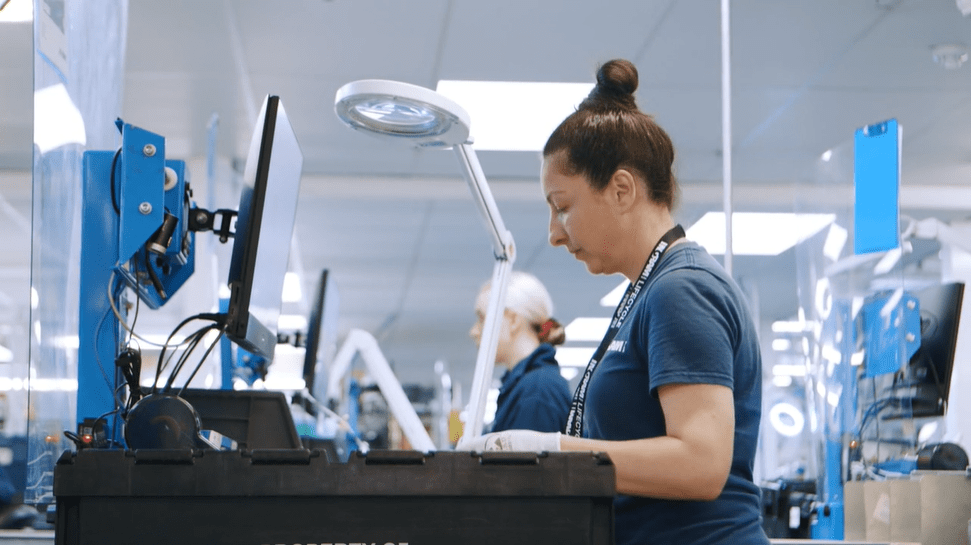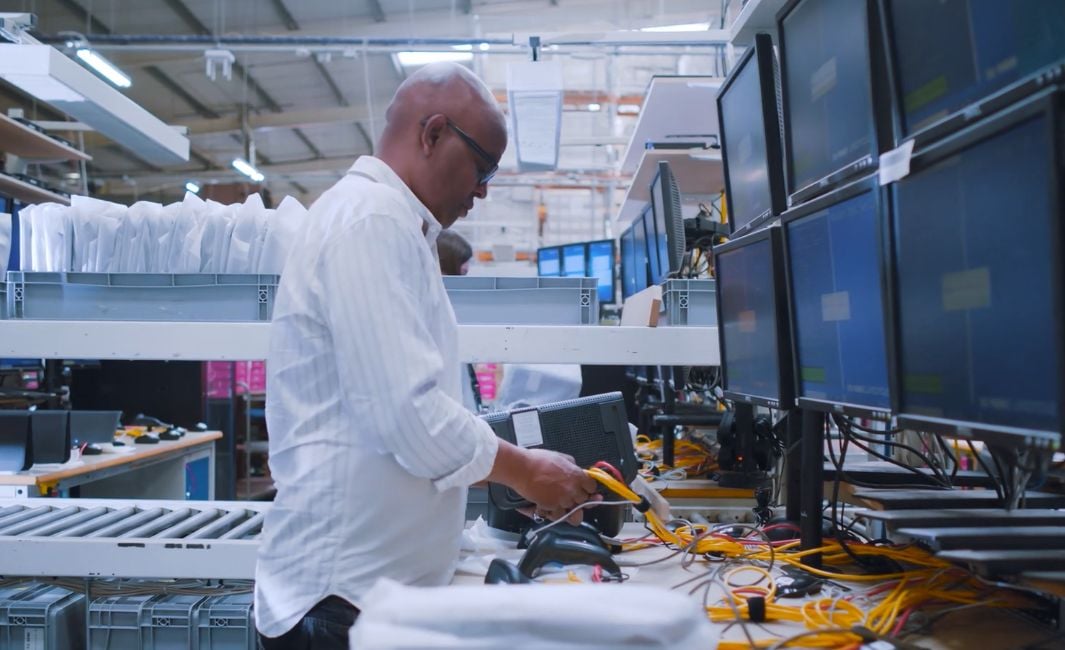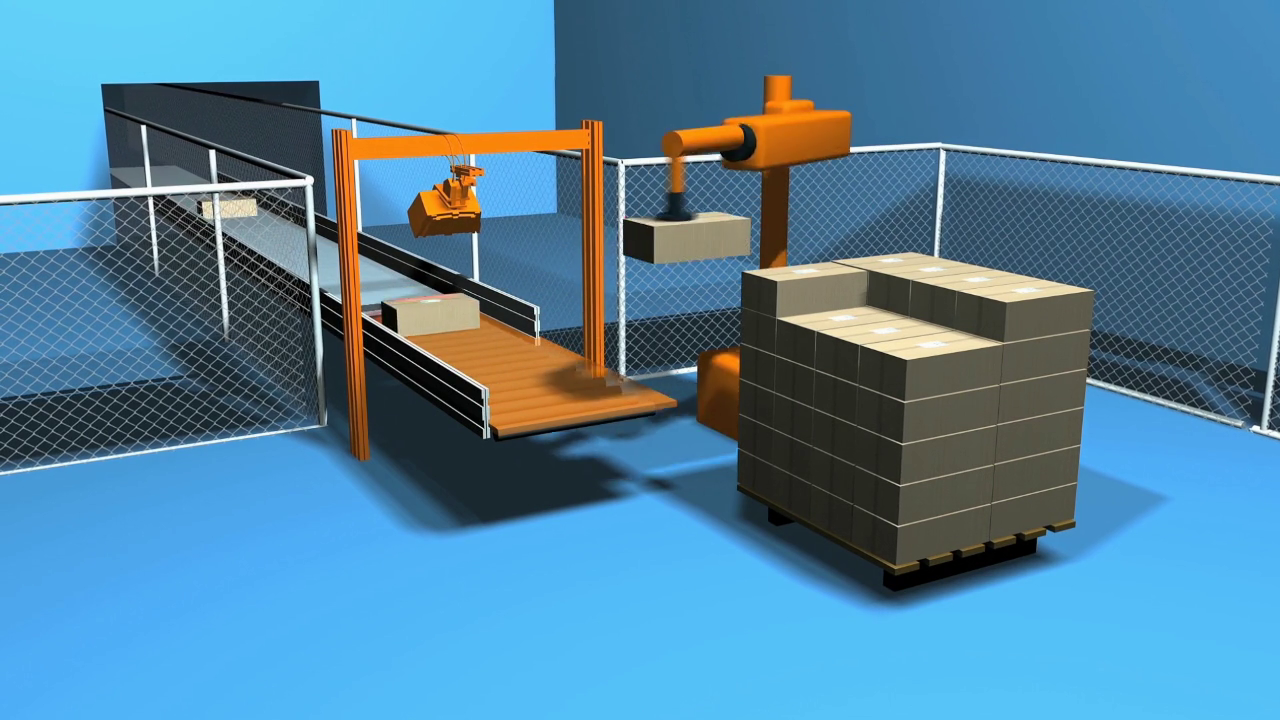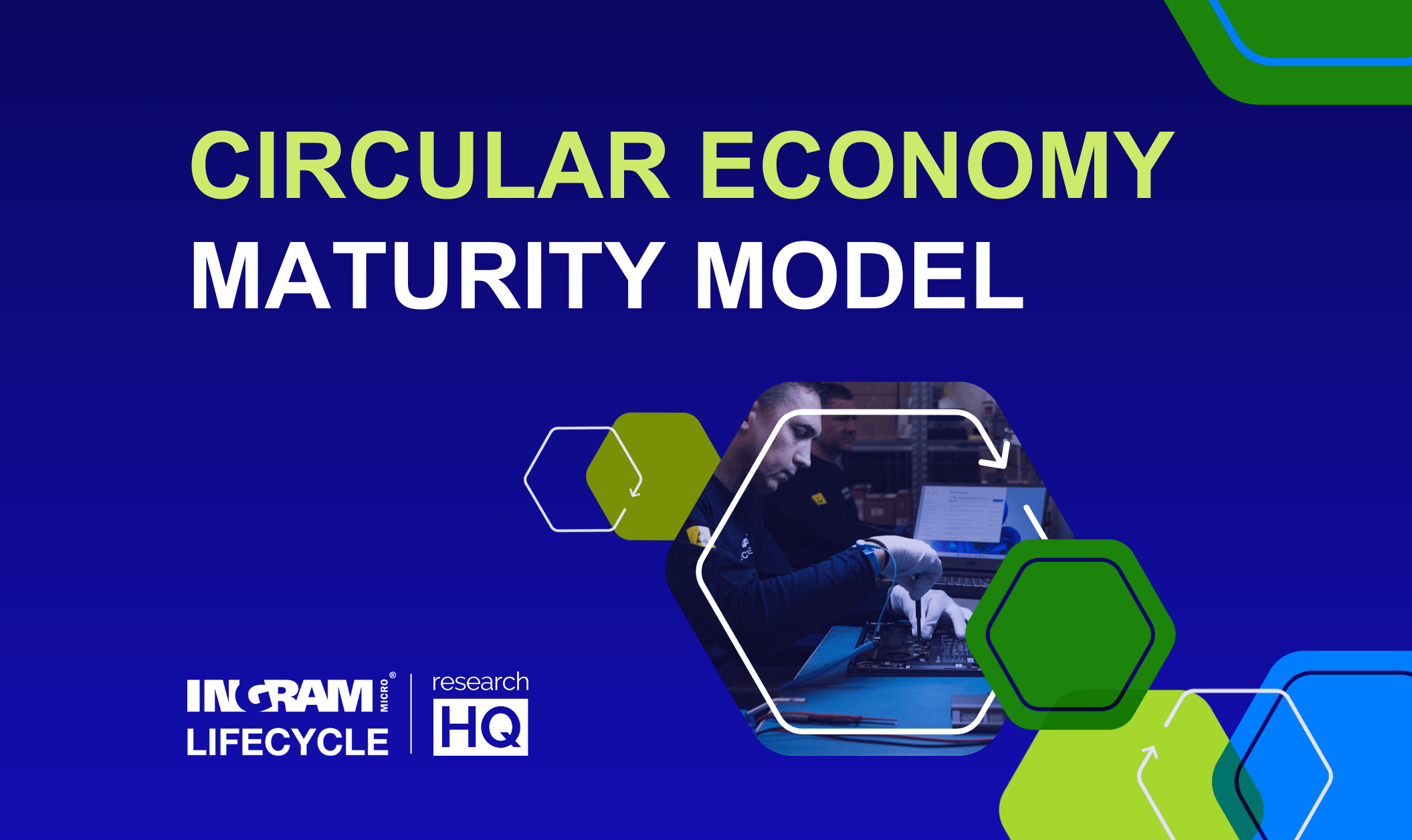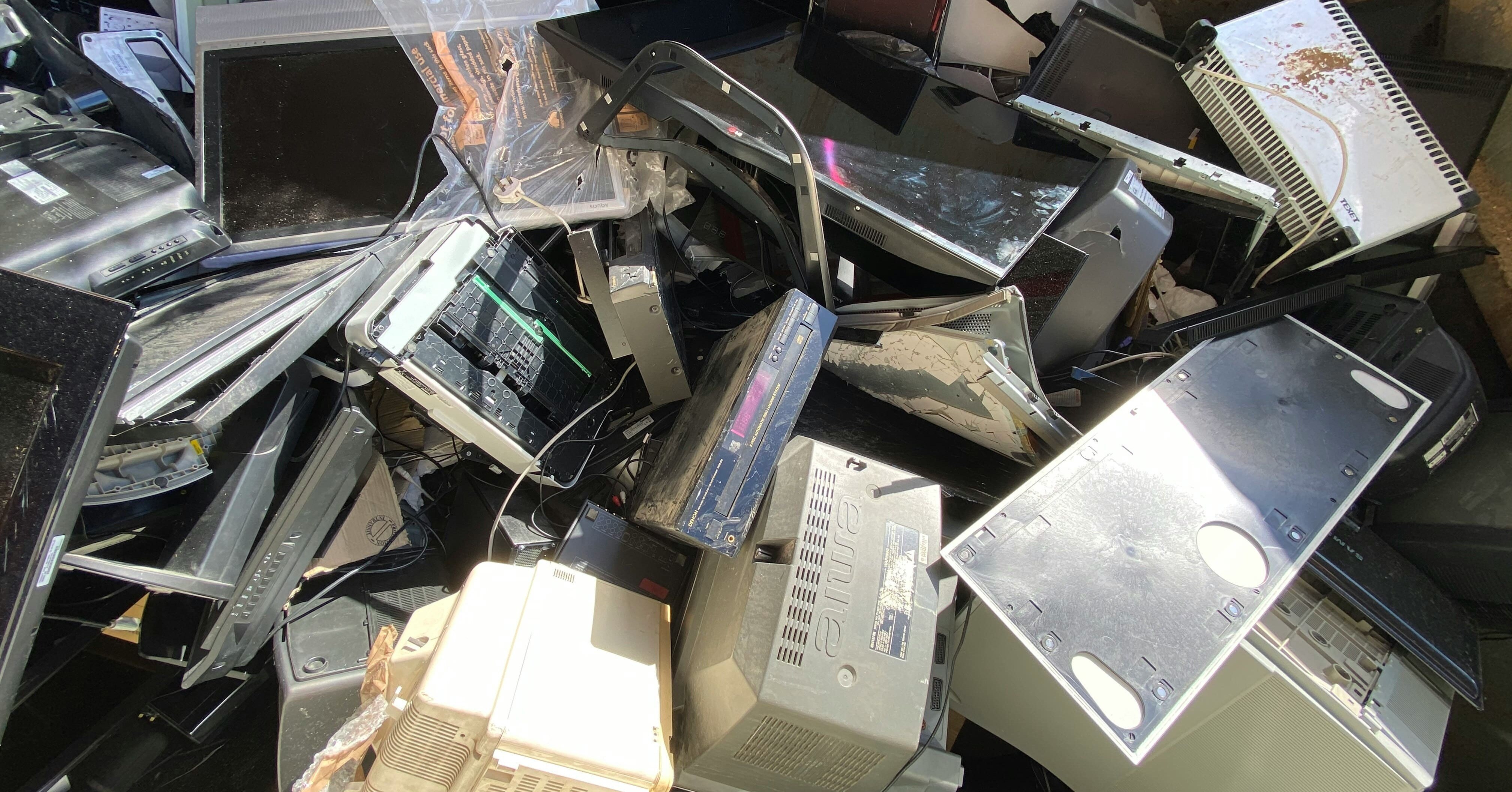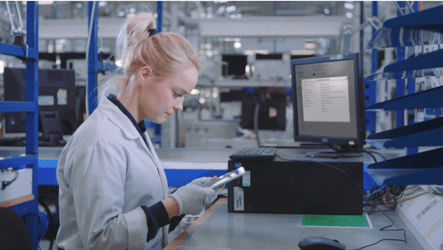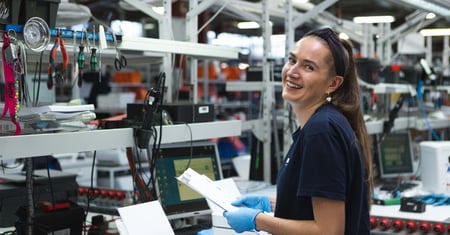Managing e-waste is becoming increasingly critical as our dependence on mobile devices grows and new technologies continue to emerge. The landscape is ever-changing, bringing advanced tech and heightened demand for products that need sustainable disposition solutions.
Ingram Micro Lifecycle enables a circular economy for our customers, which reduces their e-waste contributions. We provide lifecycle extension solutions that ensure electronic devices can efficiently be used for longer.
Below, we define what e-waste covers and bring some of the latest statistics around e-waste generation.
What is e-waste
The phrase ‘e-waste’ covers electronic waste. These are unwanted products that have a battery or plug. Examples include:
- Smartphones
- Games consoles
- Smartwatches
- Laptops
- Monitors
- Servers
- Air fryers
- Coffee machines
E-waste challenges
As a society driven by consumerism, possessing the latest and greatest technology has long been desirable. This comes at a cost that’s often overlooked – e-waste.
If discarded in landfill sites, eventual e-waste decay leaks toxic or hazardous substances into the environment. It’s not possible to get accurate data for the global volume of e-waste currently because universal monitoring processes haven’t been put in place. Where processes are in action, there’s no guarantee of enforcement or data reflecting previously generated e-waste.
Local communities can also use e-waste sites for recovering materials. This can be especially dangerous as there’s no protection for these people when they’re informally handling the waste. Repeated contact with these contaminated sources can lead to neurological damage and cancer. Processes such as open-air burning, acid baths, and manual extraction are used to extract discarded materials that can be sold.
In 1992, the Basel Convention intended to stop the transportation of hazardous e-waste between countries. However, these materials are still sometimes illegally shipped to countries that lack proper infrastructure for safe e-waste processing.
In 2023, an organized crime group was found to have smuggled over 5,000 tonnes of e-waste from the Canary Islands to West Africa. INTERPOL’s Pollution Crime Working Group found multiple new transnational trafficking routes and 1.5 million tonnes of illegal waste across one 30-day project that united global organizations.
The 2024 Global E-Waste Monitor reported that the creation of global e-waste is rising five times faster than document e-waste recycling. It was estimated that 62 million tonnes of e-waste was generated in 2022 and is predicted to grow to 82 million tonnes in 2030. Less than a quarter of the year’s e-waste was documented as properly recycled.
Technology innovation shows no signs of slowing down so consumption will continue to grow. More must be done to reduce the impacts of the result and minimize unrecycled and unwanted electronics.
Moving towards a circular economy
Transitioning from a linear to a circular economy isn’t a cure-all, but it’s a meaningful step toward reducing e-waste.
A circular approach extends the lifespan of existing products by keeping them in use longer. Trade-in and recycling schemes are a great avenue for people to return their technology to be professionally repaired and refurbished. This supplies preloved products as an alternative to brand-new devices.
Purchasing refurbished electronics not only decreases e-waste but also lowers the carbon emissions and resource costs associated with manufacturing new products.
Eventually, even reconditioned devices reach the end of their usable life. When that time comes, they must be responsibly recycled or disposed of to minimize environmental impact.
More than just a sustainability opportunity
Owners of unwanted electronics, businesses and consumers, can harness a circular economy for not just sustainability benefits, but financial ones too. Through trade-in and buyback schemes, the owner of the unwanted product is provided a cash incentive in exchange for device ownership.
As the desirability of the refurbished market grows, there’s a return on investment to be taken advantage of when professionally restoring the functions and quality of these used products.
Support tech circularity
Through the services of Ingram Micro Lifecycle, you can make a change from a linear economy to a circular one. Our state-of-the-art services ensure that IT and mobility devices, gadgets, and small domestic appliances can be re-used beyond their standard expected lifecycle. Our Original Equipment Manufacturer (OEM) accreditations give us access to genuine parts and approved processes providing a healthy boost to used tech.
Get in touch with us today to discuss how our solutions can be packaged to suit your needs.
Related articles:



